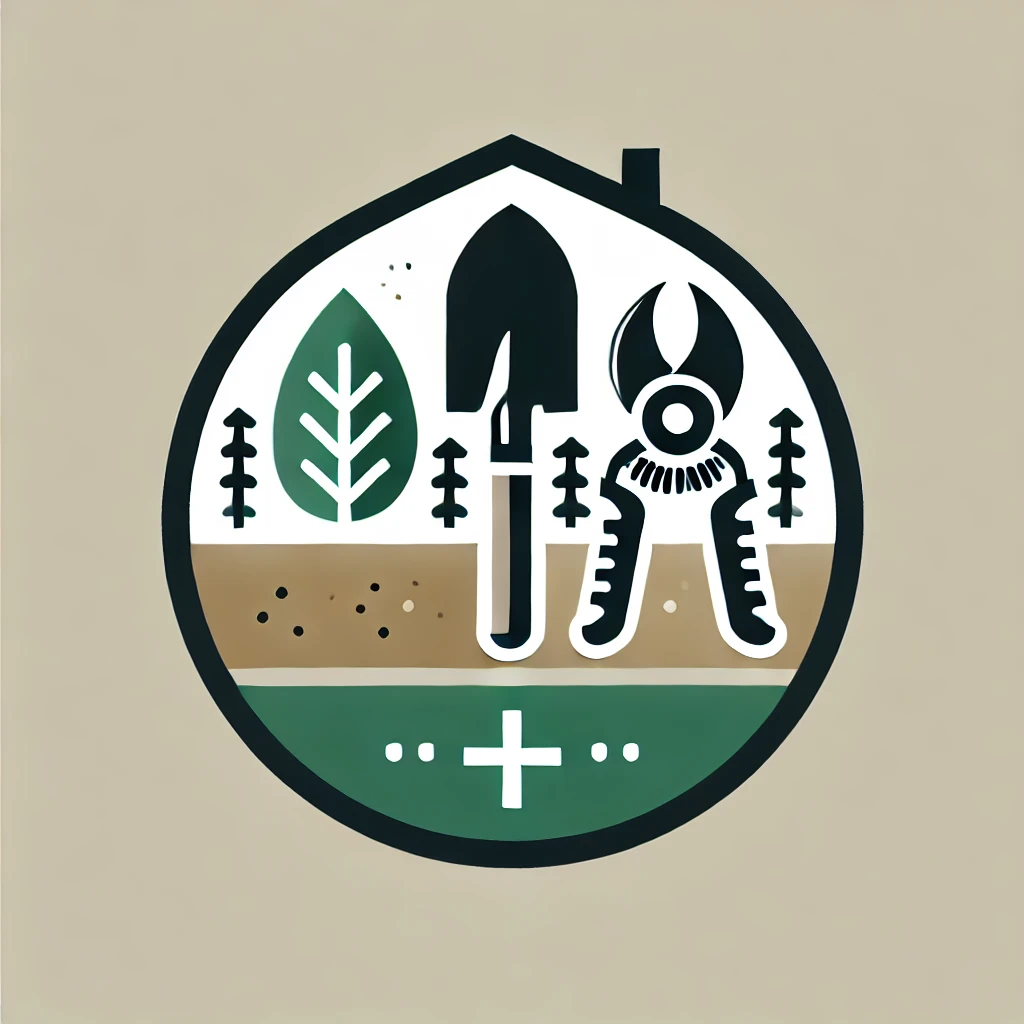Why Gardening Tools are Essential?
Gardening tools are critical for every gardener, regardless of whether one is tending to a vibrant container garden or managing an expansive backyard, ensuring comfort and efficiency in all tasks. These tools enhance efficiency and comfort while fostering healthy plant growth and preventing diseases.
Instruments such as trowels, spades, and rakes facilitate essential tasks such as planting, weeding, and pruning, thereby ensuring that gardening efforts yield successful outcomes, promoting proper air circulation and growth. Investing in high-quality gardening tools can substantially enhance the gardening experience, allowing for the cultivation of both flowering plants and vegetables with ease and precision.
Moreover, tools designed with ergonomic considerations and comfortable design can minimize physical strain, making gardening a pleasurable and easy-to-use activity for individuals of all skill levels.
What are the Basic Gardening Tools?
Basic gardening tools are fundamental to the success of any garden, irrespective of the size or style of the outdoor space or indoor plants, and include versatile and lightweight options.
Essential implements, including the hand trowel, spade, shovel, gardening fork, gardening hoe, and rake, are critical for a variety of gardening tasks, ranging from digging and planting to weeding and aerating soil, ensuring efficient and clean garden maintenance.
Each tool is designed for a specific purpose, enabling gardeners to maintain their gardens effectively, promote healthy plant growth, and enhance their overall gardening experience, preventing plant diseases.
A thorough understanding of the functionality of these tools is essential for both novice and experienced gardeners aiming to optimize their gardening skills and ensure a successful harvest.
Hand Trowel:
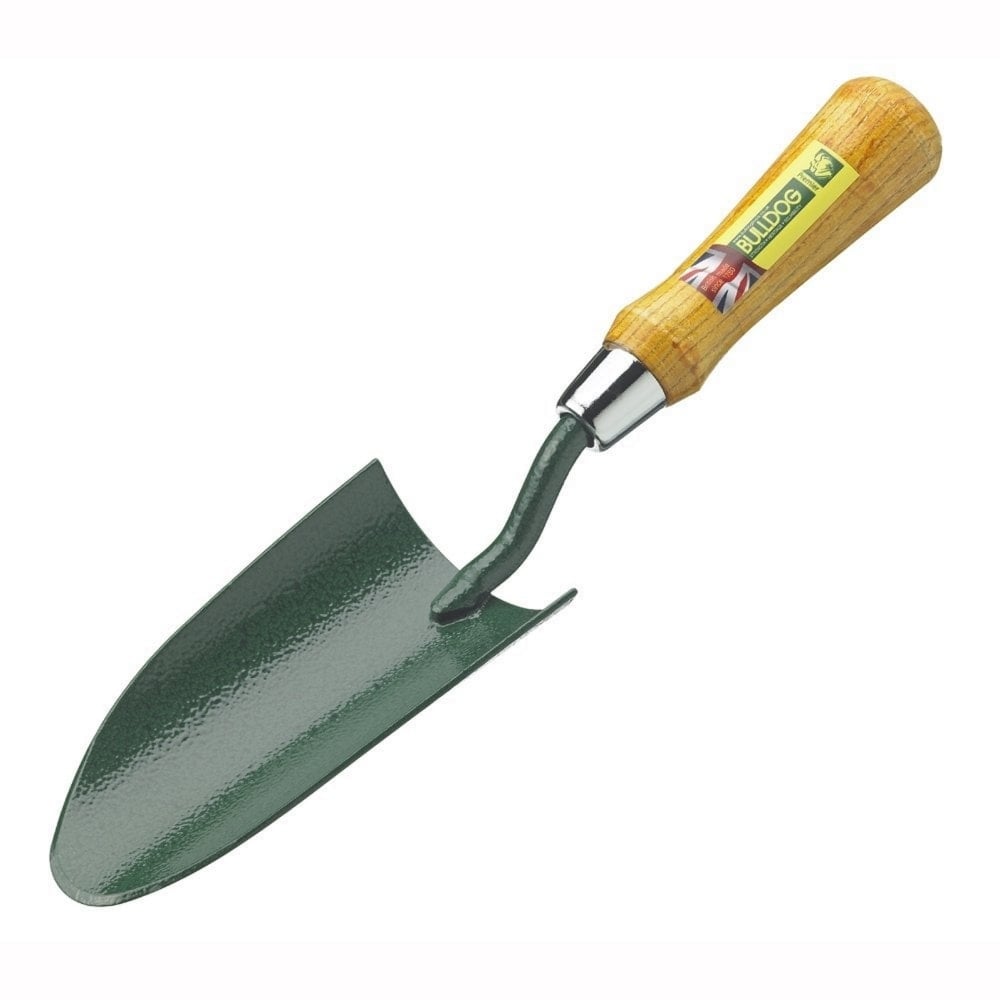
A hand trowel is an essential tool in any gardener's collection, specifically designed to facilitate digging, planting, and weeding in confined spaces and small containers, making it a must-have for container garden enthusiasts. Its compact design, often equipped with ergonomic handles and steel blades, allows for precise maneuvering across various soil types, making it particularly suitable for transplanting seedlings or removing unwanted weeds with minimal disruption to surrounding plants.
A well-constructed hand trowel can significantly enhance the effectiveness of planting operations, ensuring that the garden remains healthy and well-maintained throughout the growing season, supporting robust plant growth.
In addition to planting and weeding, this versatile tool is invaluable for tasks such as soil mixing and the upkeep of container gardens, contributing to healthy root development. When selecting a hand trowel, it is advisable to consider models made from high-quality materials, such as stainless steel, to resist rust and ensure durability, especially for heavy-duty gardening tasks. Ergonomic designs are essential, as they provide comfort during extended use and help prevent strain on the wrists and hands.
Key features to look for include:
Non-Slip Grips
For improved handling
Sturdy Blades
Capable of withstanding heavy-duty tasks
Sizes
That cater to specific gardening requirements
Whether cultivating a small herb garden on a balcony or undertaking larger landscaping projects, investing in a durable, ergonomic trowel can significantly enhance the overall gardening experience and ensure efficient gardening practices.
Spade:

The spade is an essential gardening tool recognized for its robust, flat blade, which is particularly effective in digging, edging, and turning soil, making it a staple in every gardener's toolset. Its durable construction enables gardeners to efficiently break up hard, compacted earth, rendering it suitable for planting seeds, bulbs, or small shrubs in various settings, including backyard gardens and flower beds. A high-quality spade significantly enhances the efficiency of garden maintenance tasks, facilitating the creation of neat edges around flower beds and allowing gardeners to establish a well-defined garden layout, supporting both flowering and vegetable plantings.
When considering spades, several types are available, each designed for specific gardening applications:
Garden Spade
Typically utilized for digging and moving soil, this spade features a sharp blade that allows for easy penetration into the ground
Border Spade
With a narrower blade, this tool is ideal for creating tidy edges along the beds and paths, contributing to an aesthetically pleasing garden
Digging Spade
A robust option for addressing hard or rocky soil, it often includes a pointed blade that efficiently pierces the earth
Each of these spades is instrumental in effective soil management, enabling gardeners to cultivate their plots efficiently while also enhancing thoughtful garden design.
Shovel:
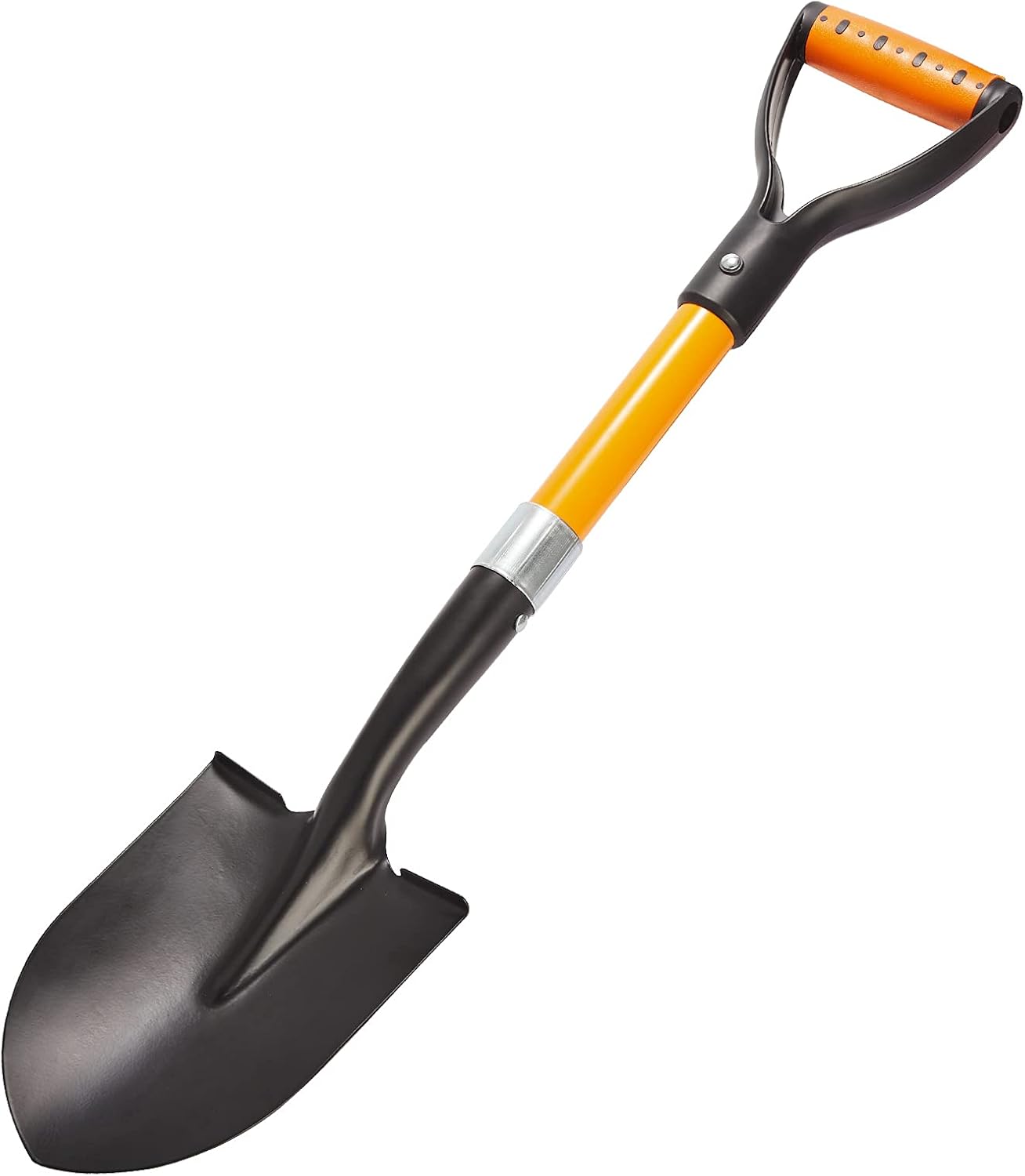
A shovel is a versatile gardening tool primarily employed for digging, lifting, and moving bulk materials such as soil, compost, and garden waste, essential for maintaining a clean and organized garden. In contrast to a spade, which is more suitable for precise edging work, a shovel's broader blade makes it ideal for larger tasks, including the transfer of soil for raised beds or the removal of debris from garden areas. When selecting a shovel, it is advisable to choose a heavy-duty model to ensure it can withstand rigorous use, thereby enhancing gardening efficiency and effectiveness, especially when handling garden waste and compost.
Within the realm of gardening, various types of shovels serve specific purposes, each uniquely contributing to garden maintenance and heavy-duty tasks.
Digging Shovels:
Featuring a pointed blade, these shovels are particularly effective for breaking ground and planting
Transfer Shovels:
Equipment with a broad scoop, these tools excel in moving material throughout the garden, making them essential for tasks such as spreading mulch or soil
Round-Point Shovels:
Ideal for digging holes or trenches, their rounded blades provide enhanced leverage in challenging soil conditions
Garden Spades:
Although typically classified separately, these compact tools are well-suited for smaller, detail-oriented tasks in confined spaces
Investing in the appropriate type of shovel enables gardeners to undertake heavy-duty tasks with greater ease while ensuring that their workspace remains neat and organized.
Gardening Fork:
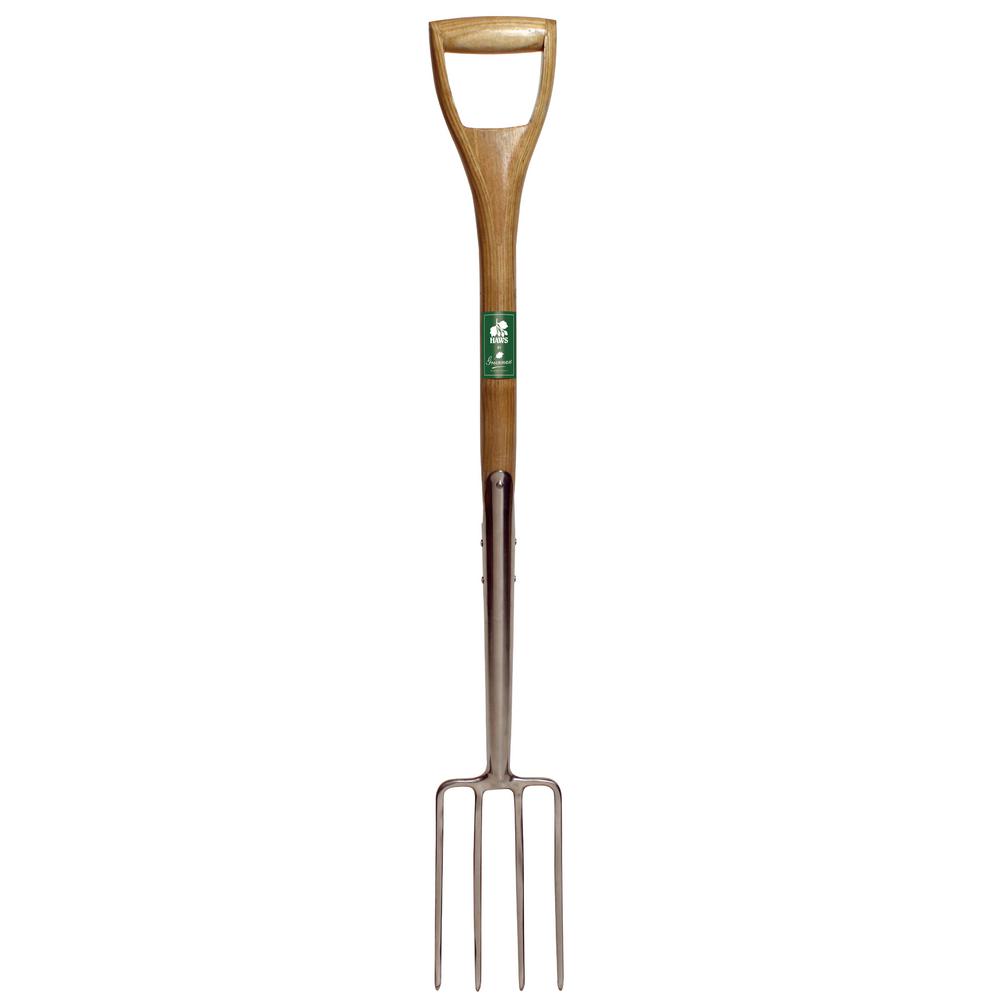
A gardening fork is a specialized tool designed for the cultivation of soil, aeration of compacted earth, and incorporation of organic matter, such as compost, into the ground, promoting healthy root systems and improving soil structure. This tool significantly enhances soil structure and promotes plant health. Its robust, pointed tines are adept at penetrating hard soil, making it particularly effective for breaking up clumps and loosening the earth, thereby improving drainage and facilitating root growth. Investing in a high-quality gardening fork can markedly enhance the vitality of a garden by supporting healthier root systems and increasing air circulation within the soil.
To utilize a gardening fork effectively, one should follow several steps aimed at maximizing its benefits for both soil and plants:
Preparation
Before using the fork, clear the area of any debris to ensure that the ground is adequately prepared for aeration
Aeration
Insert tines directly into the soil and apply gentle pressure to break up compacted earth.
Incorporation
Following aeration, thoroughly mix in compost or organic matter to enrich the soil with the necessary nutrients for optimal plant growth
This rejuvenation technique not only enhances drainage but also improves the texture of the soil, creating an environment conducive to vigorous root development. As a result, improvements in plant health and growth are manifested through robust flowering and increased yields, ensuring a bountiful harvest and reduced incidence of diseases.
Gardening Hoe:
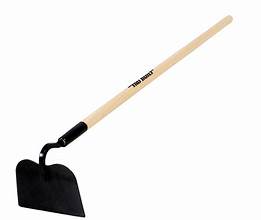
The gardening hoe is a fundamental tool for effectively weeding and cultivating soil, enabling gardeners to efficiently manage unwanted plant growth while preparing the soil for planting, ensuring optimal conditions for plant health and growth. Its distinctive blade design, which can be either flat or pointed, facilitates the swift and effective removal of weeds without disturbing adjacent plants. This feature makes the hoe an invaluable asset for maintaining garden beds and rows.
Equipped with the appropriate hoe, gardeners can conserve both time and effort while ensuring their plants have optimal access to nutrients and space.
This tool is available in various types, each tailored for specific gardening tasks. For example, a Dutch hoe is characterized by its long handle and flat blade, which is ideal for slicing through weeds just below the soil surface with minimal disturbance, making it a valuable asset for garden maintenance. Alternatively, a stirrup hoe allows for a back-and-forth motion that effectively cuts weeds while simultaneously aerating the soil, making it particularly suitable for larger areas. Each design accommodates different gardening styles and requirements.
Choosing the Right Hoe
Consider the size of your garden, the type of soil, and the specific tasks you intend to undertake
Weight and Handle Length
Ensure the hoe is comfortable to use over extended periods
Blade Material
High-carbon steel blades generally maintain their edge better, providing efficient cutting and power
By selecting the appropriate hoe, gardeners can enhance their efficiency and ultimately achieve a more fruitful harvest. Brands like the Fiskars hoes or Stratus Precision Rain Gauge can significantly improve your gardening outcomes.
Rake:
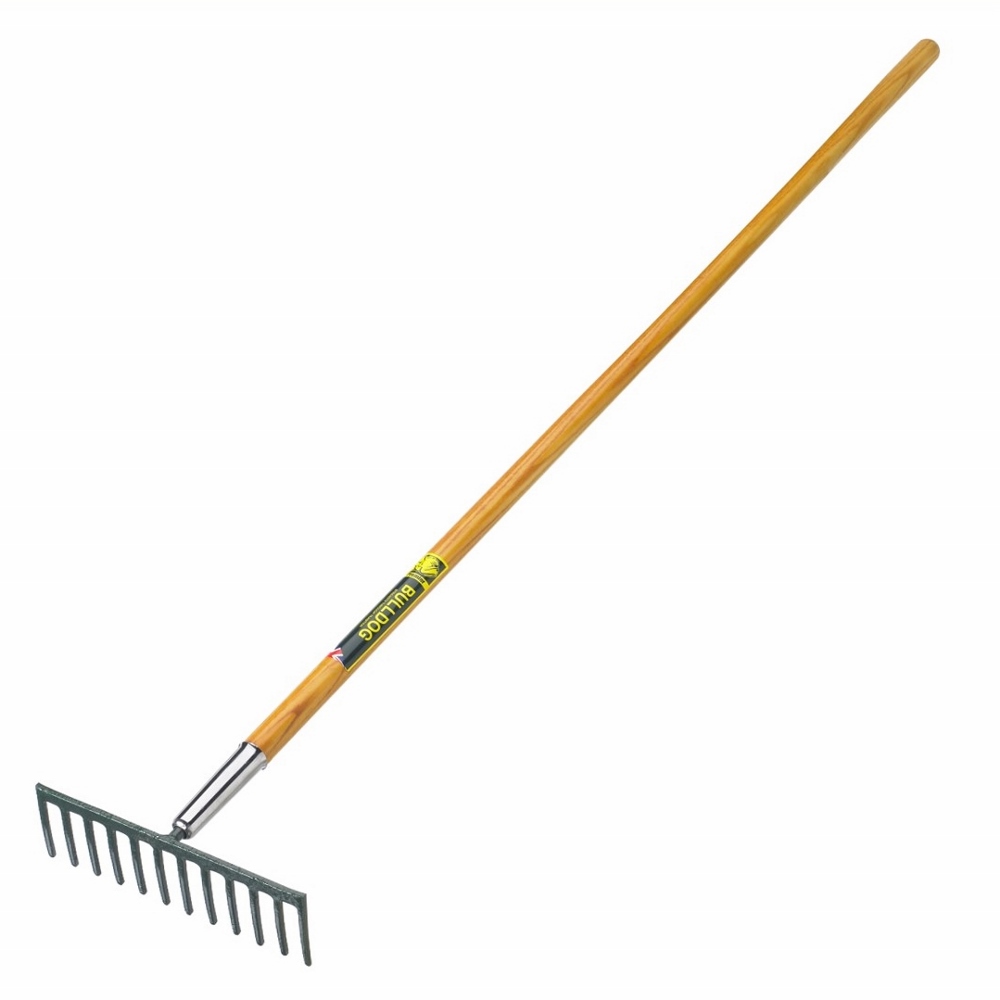
A rake is a versatile tool primarily utilized for gathering garden waste, leveling soil, and preparing planting beds. Its design facilitates the efficient collection of leaves, grass clippings, and debris, ensuring that the garden remains tidy and free from excess organic material that could impede plant growth. A rake is essential for leveling soil for seed sowing or establishing new flower beds, making it a critical tool for gardeners across all experience levels. Brands like Fiskars and tools such as the Flexzilla garden hose are highly recommended for their durability.
Within the realm of gardening, various types of rakes are available, each designed for specific tasks that contribute to effective garden maintenance. Leaf rakes, characterized by their wide, flexible tines, are specifically intended for gathering fallen leaves, while more robust garden rakes, equipped with strong metal teeth, are used for loosening and aerating soil. Understanding the applications of these tools is crucial for any gardener. Regular use of a rake promotes soil health and enhances plant vitality.
Leaf Rakes
Ideal for accumulating light debris such as leaves and grass clippings
Garden Rakes
Excellent for breaking up soil and preparing garden beds
Bow Rakes
Suitable for leveling soil and grading
Maintaining a clean and organized garden space not only enhances its visual appeal but also supports the overall health of plants, allowing them to thrive and flourish.
Incorporating this simple yet effective tool into daily gardening routines can ultimately lead to a more rewarding and less arduous experience.
